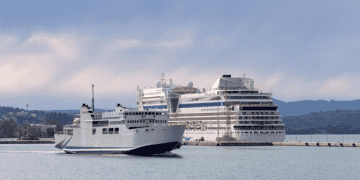As the global shipping and cruise industries advance sustainability initiatives, Victoria is working toward integrating shore power at its cruise port. Shore power technology allows vessels to connect to the electrical grid while docked, reducing emissions and minimizing environmental impact.
Federal Transport Minister Anita Anand recently announced $35.5 million in funding to enhance infrastructure at British Columbia’s ports as part of the Green Shipping Corridor Program. This initiative aims to improve domestic supply chain resilience while reducing emissions and noise pollution from vessels in coastal communities.
Of this investment, $22.5 million has been designated for Ogden Point to install shore power for cruise ships. This technology is widely recognized as a key solution for reducing greenhouse gas (GHG) emissions in the cruise and shipping industries. According to the Cruise Lines International Association (CLIA), 85% of new cruise ships set for delivery in the next four years will have shore power capabilities.
Victoria is following in the footsteps of other ports along the West Coast, including Vancouver, Seattle, and Juneau, which have already implemented shore power systems. In 2022, Prince Rupert Terminal also upgraded its infrastructure to support onshore power through a partnership between the Prince Rupert Port Authority (PRPA) and BC Hydro.
Last year, 316 cruise ship visits brought an estimated 970,000 passengers to Victoria, contributing approximately $113 million to the local economy and supporting 800 jobs. While many cruise lines, including Disney, Princess, and Norwegian, have already adopted shore power technology in other locations, the successful implementation of this project in Victoria depends on infrastructure development and funding.
However, financial challenges remain. Victoria’s recent $160+ million borrowing plan for a new public facility and the province’s $9-billion deficit raise concerns about funding allocation. While the federal funding has already been secured, the Greater Victoria Harbour Authority (GVHA) may face cost-sharing responsibilities, alongside potential power supply constraints.
Some ports have explored alternative energy solutions, including renewable energy sources like wind and solar, to ensure consistent power availability. As Victoria moves forward with shore power integration, collaboration between local, provincial, and federal stakeholders will be critical in ensuring the project’s success.
Stay updated with supply chain logistics news on The Supply Chain Report. Free international trade tools are available at ADAMftd.com.
#SustainablePorts #GreenShipping #CruiseIndustry #SupplyChainInnovation #VictoriaBC

















